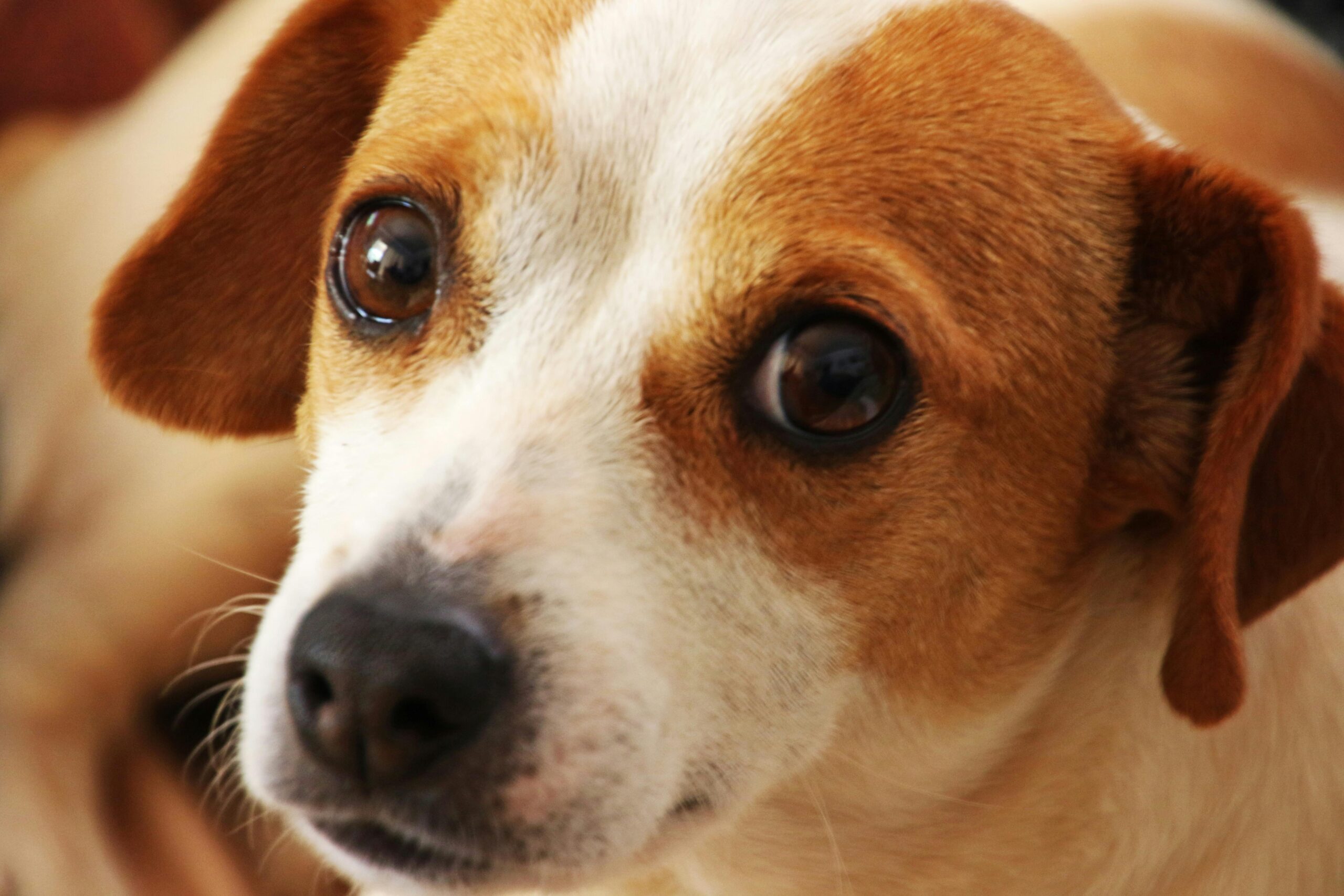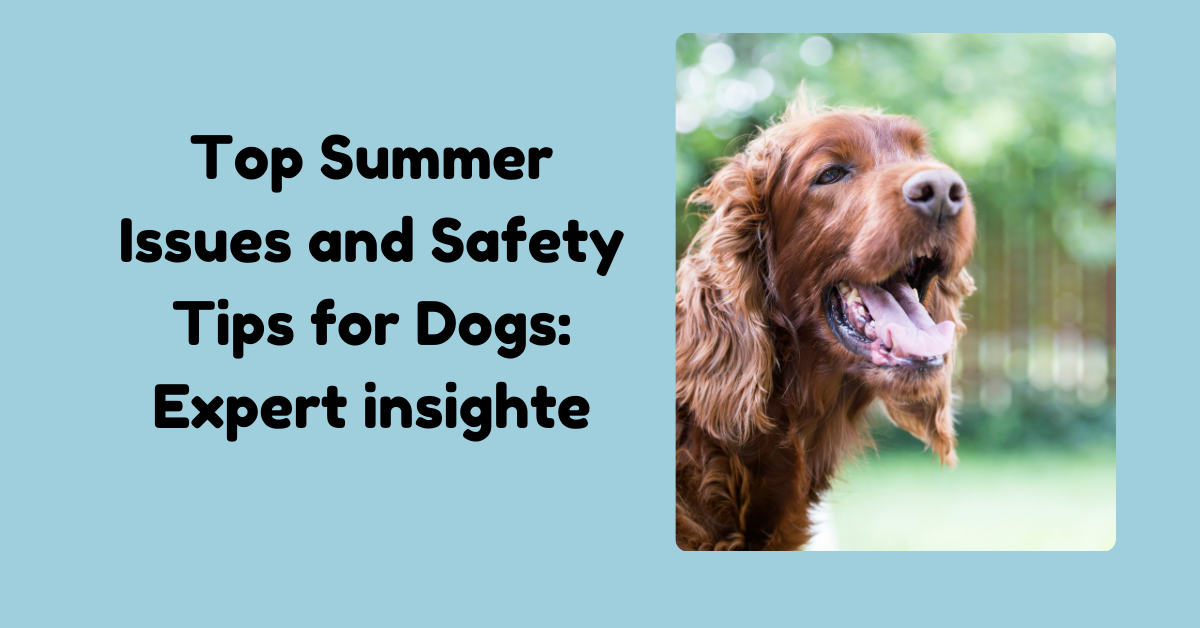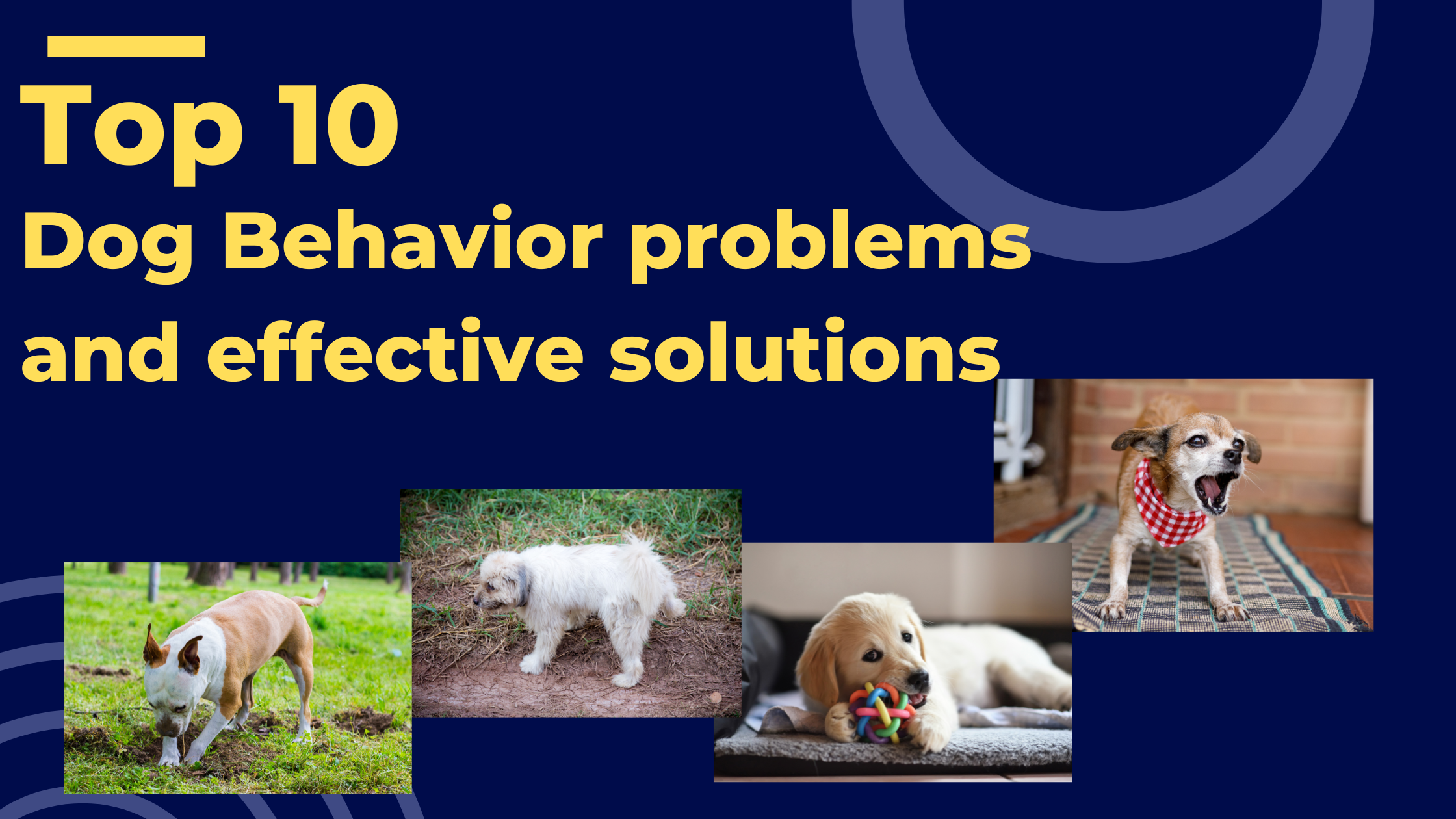Dogs often have separation anxiety, which is bad for both the dogs and their humans. No one would want to leave for work and come home to find their couch chewed up, their doors scratched, or neighbors complaining about their dog’s constant barking. If this sounds like something that has happened to you before, your pet friend may be having separation anxiety. So, let’s talk about what separation anxiety is, how to spot it, and most importantly, how to help your dog get over it.
What is Separation Anxiety in Dogs?
Many people are unaware that Separation anxiety occurs when dogs become extremely anxious and distressed, especially when they are left at home alone or in the kennels. It can be explained by the fact that the manifestation of this anxiety occurs in various ways, including destructive behavior, excessive barking, house soiling, and even attempts to escape from the home. For proper management, Understanding the root cause of this anxiety is crucial.
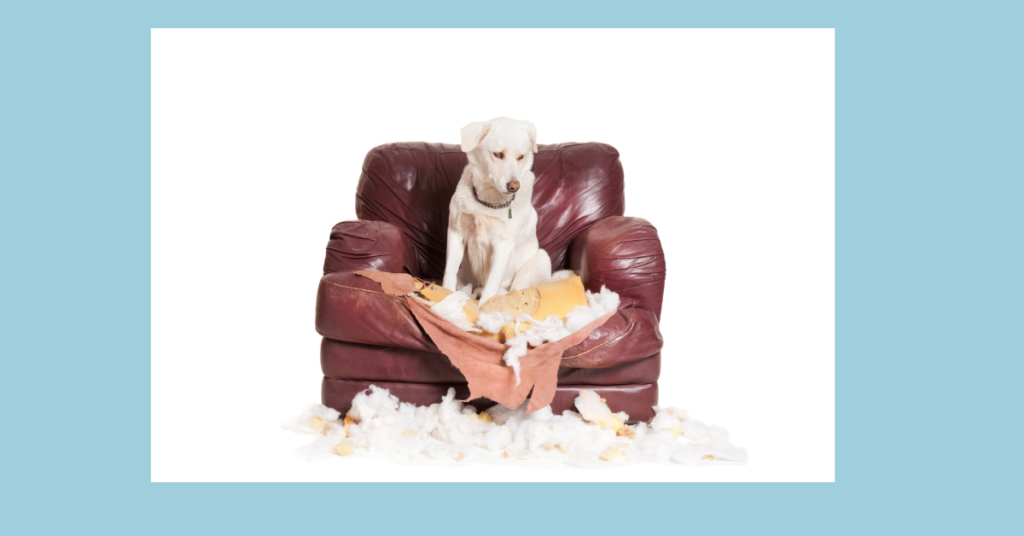
What Causes Separation Anxiety in Dogs?
Several factors can contribute to separation anxiety in dogs. For example, Changes in daily routine, such as a new work schedule, moving to a new home, or the loss of a family member etc. Additionally, dogs who have experienced abandonment or changes in their environment, such as rescue dogs, are more prone to developing separation anxiety. One study suggested that the COVID era has increased anxiety in pets a lot. Therefore, It’s essential to remember that this behavior is not due to disobedience or spite but rather an expression of distress.
Recognizing the Signs of Separation Anxiety
Recognition of signs and symptoms is important for the management. Common symptoms include:
- Excessive barking or howling when left alone.
- Destructive behavior such as chewing furniture, digging at doors or windows.
- House soiling even if the dog is house-trained.
- Pacing or drooling when you prepare to leave.
- Attempts to escape from the house or crate.
How Do You Help a Dog with Separation Anxiety?
Helping a dog with separation anxiety requires patience and consistency. Here are some effective strategies:
- Create a Safe Space: Designate a comfortable, secure area for your dog to stay when you’re away which could be a specific room or a crate if your dog is crate-trained.
- Desensitize Your Departures: Gradually get your dog accustomed to being alone. It can be started by leaving for short periods and slowly increasing the duration as your dog becomes more comfortable.
- Provide Distractions: Leave engaging toys or puzzles to keep your dog occupied, that can be done by giving the treat-dispensing toys, which can be particularly effective in diverting their attention.
- Practice Independence: Encourage your dog to be independent by not making a big fuss when you leave or return home. Surely, it will help them understand that your departures and arrivals are routine and nothing to be anxious about.
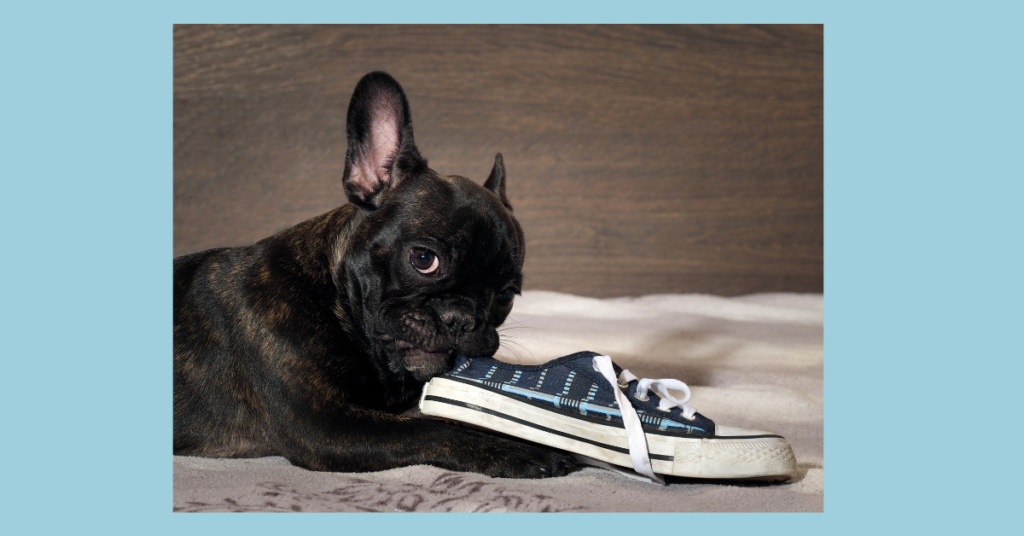
How to Reassure a Dog with Separation Anxiety?
Reassuring a dog with separation anxiety involves creating a calm and stable environment. Here are a few tips:
- Stay Calm: Staying calm and composed when you are with your dogs and when you want to leave them for work, you can help your dog feel more secure because dogs can pick up on our emotions.
- Establish a Routine: Dogs Love their routine, such as consistent feeding, walking, and bedtime schedules, which can give them stability.
- Use Calming Aids: Consider using calming aids like pheromone diffusers, anxiety wraps, or calming music designed for dogs.
What Not to Do with Dog Separation Anxiety
While it might be tempting to try various methods to calm your anxious dog, some actions can actually worsen the condition:
- Punishing Your Dog: Never punish your dog for anxiety-related behaviors because this can increase their stress and worsen the problem.
- Long Goodbyes: Avoid making a big deal out of leaving, as lengthy goodbyes can heighten your dog’s anxiety.
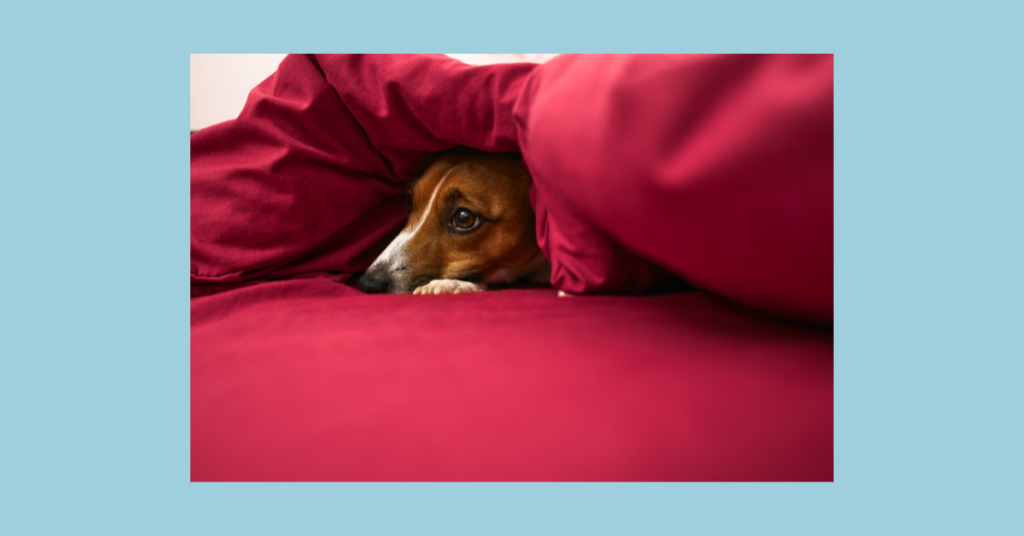
Can Humans Have Separation Anxiety from Pets?
Interestingly, separation anxiety can be a two-way process, as pet owners can also experience anxiety when separated from their dogs. This mutual bond is a testament to the deep connection we share with our pets.
How to Train a Rescue Dog with Separation Anxiety?
Rescue dogs may have experienced trauma or abandonment, making them more susceptible to separation anxiety. Here’s how to help them:
- Build Trust: We can establish a strong bond with your rescue dog through positive reinforcement and spending quality time together.
- Gradual Alone Time: We can slowly accustom our dog to being alone and start with brief absences and gradually extend the time.
- Professional Help: If your rescue dog’s anxiety is getting worse we can consider consulting a professional dog trainer or behaviorist.
What Worsens Separation Anxiety in Dogs?
Several factors can exacerbate separation anxiety, including:
- Change in Routines: Changes in daily schedules can unsettle dogs and increase anxiety.
- Lack of Exercise: A dog with high energy is more likely to exhibit anxiety; therefore, regular exercise helps burn off excess energy and reduce stress.
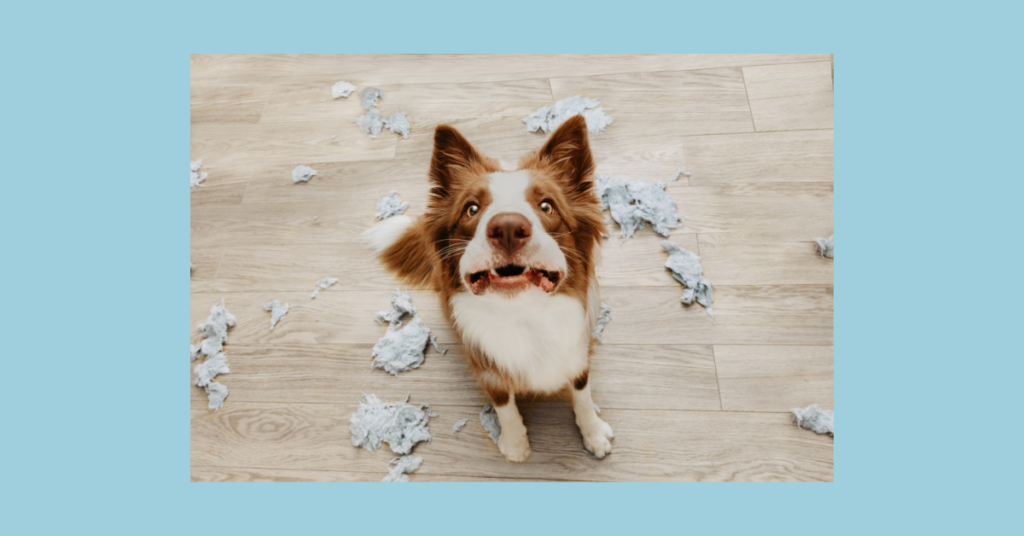
Do Dogs Eventually Get Over Separation Anxiety?
With the right approach and consistent effort, many dogs can overcome separation anxiety. However, the timeline varies depending on the dog and the severity of the anxiety. Patience and persistence are key.
FAQs
What is the Best Treatment for Separation Anxiety?
The best treatment involves a combination of behavioral training, environmental changes, and, in some cases, medication prescribed by a veterinarian.
Should You Crate a Dog with Separation Anxiety?
Crating can be helpful if the dog is crate-trained and views the crate as a safe space. However, forcing a dog into a crate when they are not accustomed to it can increase anxiety.
What Can I Give My Dog for Separation Anxiety?
Calming treats, pheromone diffusers, and anxiety wraps can help alleviate anxiety. But we should remember that in some severe cases, consult your vet for possible medications.
How Do I Train My Dog to Be Alone with Separation Anxiety?
Gradual desensitization is key, which should be avoided by starting with short absences and slowly increasing the duration. Please be sure to reward your dog for staying calm while you’re away.
What Makes Separation Anxiety Worse in Dogs?
Inconsistent routines, lack of exercise, and punishment can all worsen separation anxiety. Therefore, It’s crucial to maintain a stable environment and avoid negative reinforcement.
Conclusion
Separation anxiety is very challenging, but it can be handled with patience and consistent training. We should always remember that each dog is unique, so what works for one dog might not work for another. it is also important to consult with the professional if separation anxiety is is out of control as it could be managed by behavioral and medical management.


